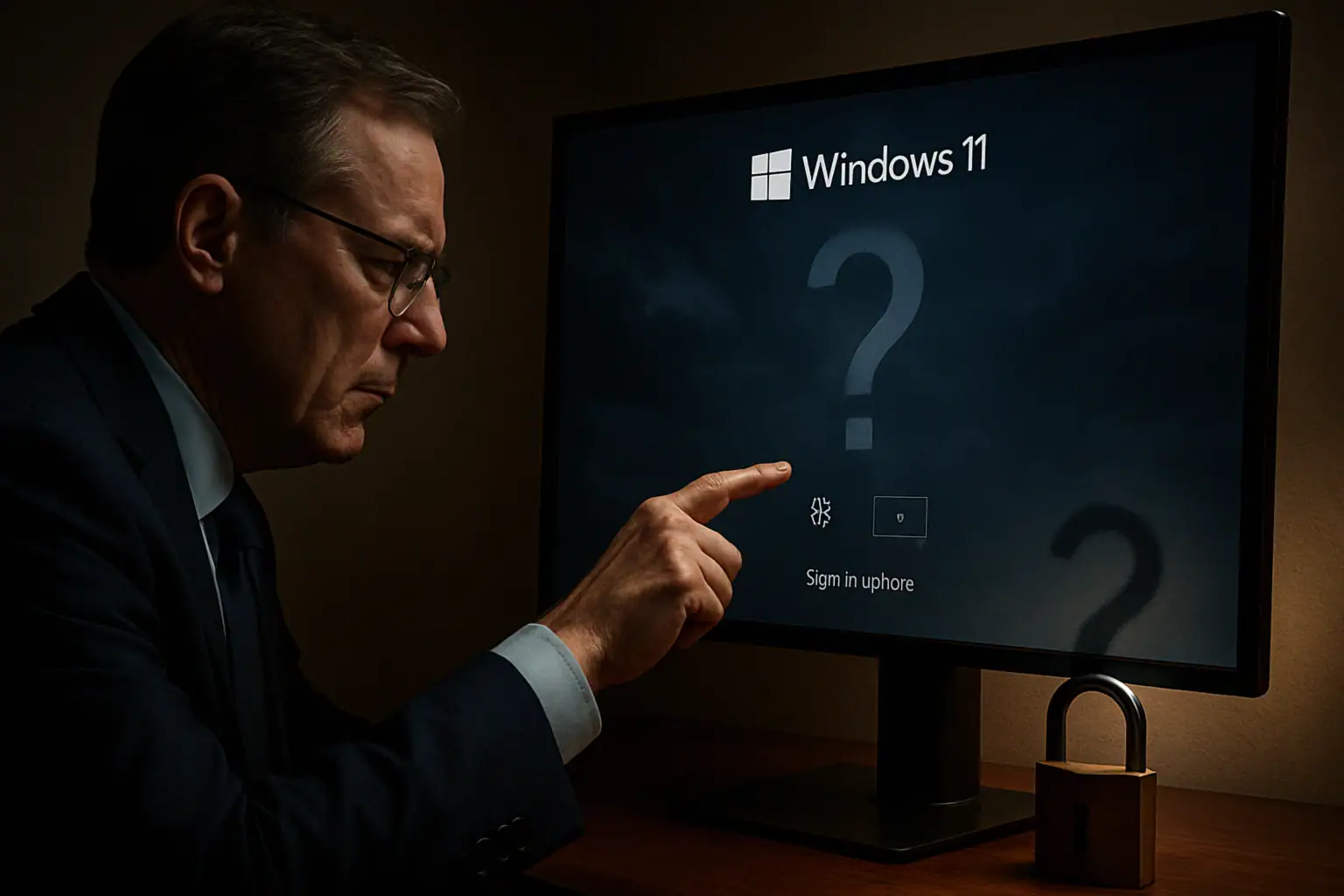Cybersecurity researchers have documented a significant escalation in sophisticated phishing attacks leveraging SVG (Scalable Vector Graphics) files to compromise Google and Microsoft user credentials. The latest threat intelligence reports indicate a 600% increase in SVG-based phishing incidents between February and March 2025, with over 4,000 cases detected globally.
Understanding SVG-Based Attack Vectors
SVG files present a unique security challenge due to their XML-based structure and ability to execute embedded JavaScript code. Unlike traditional image formats, SVG files can incorporate interactive elements and HTML components, making them particularly attractive to threat actors. Attackers exploit these capabilities to embed malicious scripts that redirect victims to convincing phishing pages.
Primary Attack Patterns and Techniques
Security analysts have identified two predominant attack vectors targeting cloud service users. The first mimics Google Voice audio messages, while the second masquerades as electronic signature requests. Both campaigns utilize sophisticated social engineering tactics and leverage SVG files containing malicious redirect code to harvest credentials through fake authentication portals.
Advanced Social Engineering Tactics
These campaigns demonstrate remarkable sophistication in their impersonation of legitimate services. Threat actors meticulously replicate official branding elements and user interfaces from Google and Microsoft platforms. The phishing pages implement dynamic validation checks and professional design elements to enhance credibility and increase conversion rates.
Technical Analysis and Impact Assessment
The SVG files employed in these attacks typically contain obfuscated JavaScript code that executes automatically upon opening. This code initiates a series of redirects through multiple domains to evade detection and eventually leads users to sophisticated phishing infrastructure. The attack chain demonstrates advanced evasion techniques, including geofencing and bot detection to avoid analysis by security researchers.
Defensive Strategies and Security Recommendations
Organizations and individuals can protect themselves by implementing several critical security measures:
– Enable Multi-Factor Authentication (MFA) across all cloud services
– Deploy email security solutions with advanced attachment scanning capabilities
– Implement strict SVG file handling policies in email gateways
– Conduct regular security awareness training focusing on emerging threats
– Verify sender authenticity through out-of-band channels for suspicious requests
As threat actors continue to evolve their tactics, security experts anticipate an increase in SVG-based attacks targeting cloud service users. The sophistication of these campaigns highlights the critical importance of maintaining robust security practices and staying informed about emerging threats. Organizations must adapt their security posture to address these evolving challenges while ensuring their workforce remains vigilant against social engineering attempts.






